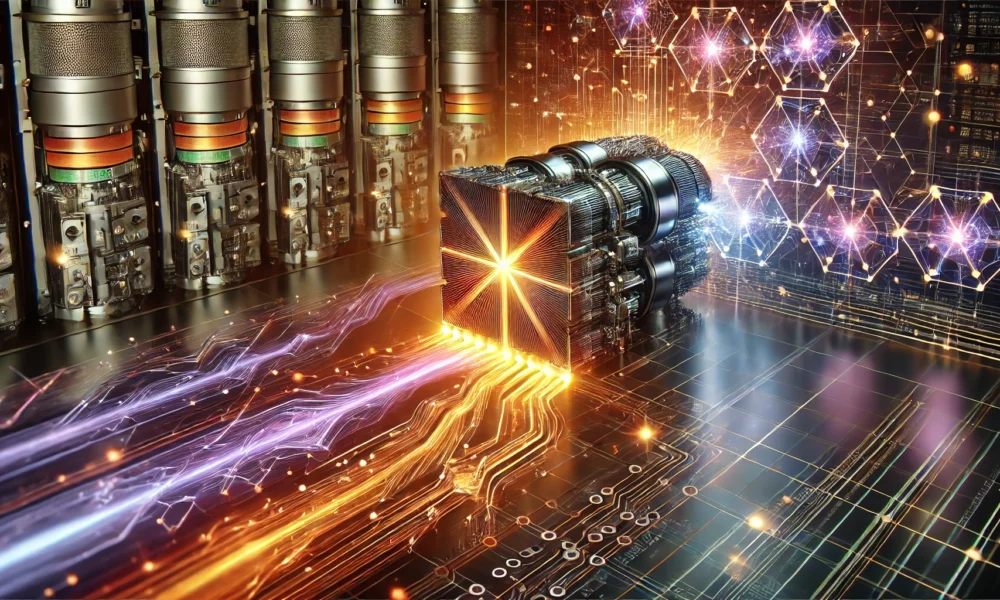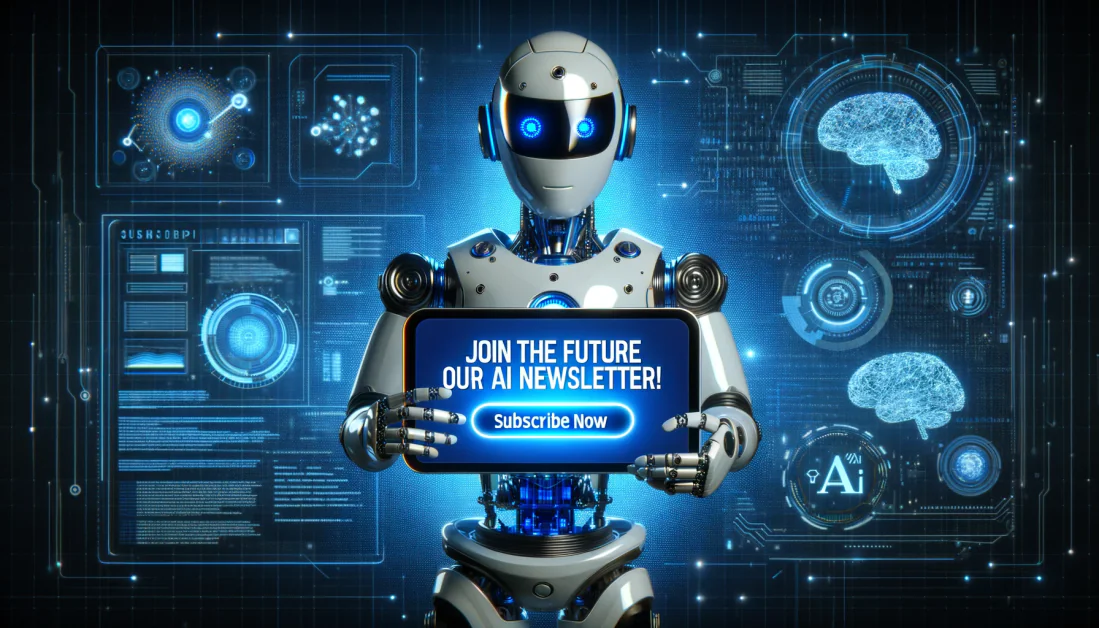Revolutionizing Human Cognition: Geoffrey Hinton’s Analogy Machine Theory
For centuries, logic and reason have shaped our understanding of human thought, painting humans as purely rational beings driven by deduction. However, Geoffrey Hinton, a pioneer in the field of Artificial Intelligence (AI), offers a compelling counter-narrative. He argues that humans primarily operate as analogy machines, relying heavily on analogies to interpret their surroundings. This fresh perspective reshapes our understanding of cognitive processes.
The Significance of Hinton’s Analogy Machine Theory
Hinton’s theory compels us to rethink human cognition. According to him, the brain utilizes analogy as its primary method of reasoning rather than strict logical deduction. Humans recognize patterns from past experiences, applying them to novel situations. This analogy-based thinking underpins key cognitive functions, including decision-making, problem-solving, and creativity. While logical reasoning plays a role, it is secondary, surfacing only when precise conclusions are needed, such as in mathematical tasks.
Neuroscientific evidence supports this notion, revealing that the brain’s architecture is optimized for pattern recognition and analogical reasoning rather than purely logical thought processes. Functional magnetic resonance imaging (fMRI) studies indicate that brain regions linked to memory and associative thinking are engaged during tasks involving analogy or pattern recognition. From an evolutionary standpoint, this adaptability has enabled humans to thrive by quickly recognizing familiar patterns in new contexts.
Breaking Away from Traditional Cognitive Models
Hinton’s analogy machine theory contrasts with established cognitive models that have traditionally prioritized logic and reasoning. For much of the 20th century, the scientific community characterized the brain as a logical processor. This view neglected the creativity and fluidity inherent in human thought. Hinton instead posits that our primary method of comprehension derives from drawing analogies across diverse experiences. In this light, reasoning is reserved for specific scenarios, such as mathematical problem-solving.
The theory’s implications are comparable to the profound effects of psychoanalysis in the early 1900s. Just as psychoanalysis unveiled unconscious motivations affecting behavior, Hinton’s theory elucidates how the mind operates through analogies, challenging the perception of human intelligence as fundamentally logical.
Connecting Analogical Thinking to AI Development
Hinton’s theory has significant ramifications for AI development. Modern AI systems, particularly Large Language Models (LLMs), are embracing a more human-like problem-solving approach. These systems leverage extensive datasets to identify patterns and apply analogies, closely aligning with human cognitive practices. This evolution allows AI to tackle complex tasks like natural language understanding and image recognition in a manner that reflects analogy-based thinking.
As AI technology progresses, the relationship between human cognition and AI capabilities becomes increasingly pronounced. Earlier AI iterations relied on rigid algorithms that adhered strictly to logical frameworks. Current models, such as GPT-4, prioritize pattern identification and analogical reasoning, resembling how humans utilize past experiences to interpret new encounters. This shift fosters a more human-like decision-making process in AI, where analogies guide choices alongside logical deductions.
Philosophical and Societal Impact of Hinton’s Theory
Hinton’s analogy machine theory carries profound philosophical and societal implications. By asserting that humans are fundamentally analogy-driven, it undermines the traditional notion of rationality in cognition. This paradigm shift could impact various disciplines such as philosophy, psychology, and education, which have historically upheld the centrality of logical thinking. If creativity arises from the capacity to form analogies between disparate areas, we could reevaluate our understanding of creativity and innovation.
Educational systems may need to adapt accordingly. With a greater emphasis on analogical thinking, curricula could shift from pure logical reasoning to enhancing students’ abilities to recognize patterns and make interdisciplinary connections. This student-centered approach could promote productive intuition, enabling learners to tackle problems more effectively by applying analogies to new challenges.
The potential for AI systems to reflect human cognition through analogy-based reasoning emerges as a pivotal development. Should AI attain the ability to recognize and utilize analogies akin to human thought, it could revolutionize decision-making processes. Nonetheless, this advancement raises essential ethical considerations. Ensuring responsible use of AI systems, with human oversight, is crucial to mitigate risks associated with overreliance on AI-generated analogical reasoning.
Despite the promising insights offered by Hinton’s theory, concerns linger. The Chinese Room argument highlights that while AI may excel at pattern recognition and analogy-making, it may lack genuine understanding behind these processes. This situation raises critical questions regarding the potential depth of AI comprehension.
Moreover, reliance on analogical reasoning may not suffice in rigorous fields like mathematics or physics, where precise logical deductions are paramount. Furthermore, cultural variations in analogical thinking could hinder the universal applicability of Hinton’s insights.
The Final Thought
Geoffrey Hinton’s analogy machine theory presents a revolutionary outlook on human cognition, emphasizing the prevalent role of analogies over pure logic. As we embrace this new understanding, we can reshape both our comprehension of intelligence and the development of AI technologies.
By crafting AI systems that emulate human analogical reasoning, we open the door to creating machines capable of processing information in intuitive ways. However, this leap toward analogy-based AI must be approached with caution, considering ethical and practical factors, particularly about ensuring comprehensive human oversight. Ultimately, adopting Hinton’s model may redefine our concepts of creativity, education, and the evolving landscape of AI technologies—leading to smarter, more adaptable innovations.
Here are five FAQs with answers based on Geoffrey Hinton’s "Beyond Logic: Rethinking Human Thought" and his Analogy Machine Theory:
FAQ 1: What is Analogy Machine Theory?
Answer: Analogy Machine Theory, proposed by Geoffrey Hinton, suggests that human thought operates largely through analogies rather than strict logical reasoning. This theory posits that our brains compare new experiences to previously encountered situations, allowing us to draw connections and insights that facilitate understanding, problem-solving, and creativity.
FAQ 2: How does Analogy Machine Theory differ from traditional models of cognition?
Answer: Traditional models of cognition often emphasize logical reasoning and rule-based processing. In contrast, Analogy Machine Theory focuses on the fluid, associative nature of human thought. It recognizes that people often rely on metaphor and analogy to navigate complex concepts, rather than strictly adhering to logical frameworks, which allows for more flexible and creative thinking.
FAQ 3: What are practical applications of Analogy Machine Theory?
Answer: The applications of Analogy Machine Theory are vast. In education, it can enhance teaching methods that encourage students to make connections between new concepts and their existing knowledge. In artificial intelligence, it can inform the development of algorithms that mimic human thought processes, improving problem-solving capabilities in AI systems. Additionally, it can influence creative fields by encouraging the use of metaphorical thinking in art and literature.
FAQ 4: How can individuals leverage the insights from Analogy Machine Theory in daily life?
Answer: Individuals can apply the insights from Analogy Machine Theory by consciously making connections between seemingly disparate experiences. By reflecting on past situations and drawing analogies to current challenges or decisions, people can develop more innovative solutions and deepen their understanding of complex ideas. Practicing this kind of thinking can enhance creativity and adaptability in various contexts.
FAQ 5: Are there any critiques of Analogy Machine Theory?
Answer: Yes, while Analogy Machine Theory offers a compelling framework for understanding human thought, some critiques highlight the need for more empirical research to validate its claims. Critics argue that not all cognitive processes can be adequately explained through analogy alone. There is also concern that this approach may oversimplify the complexities of human reasoning and decision-making, which can involve both analytical and intuitive components.






